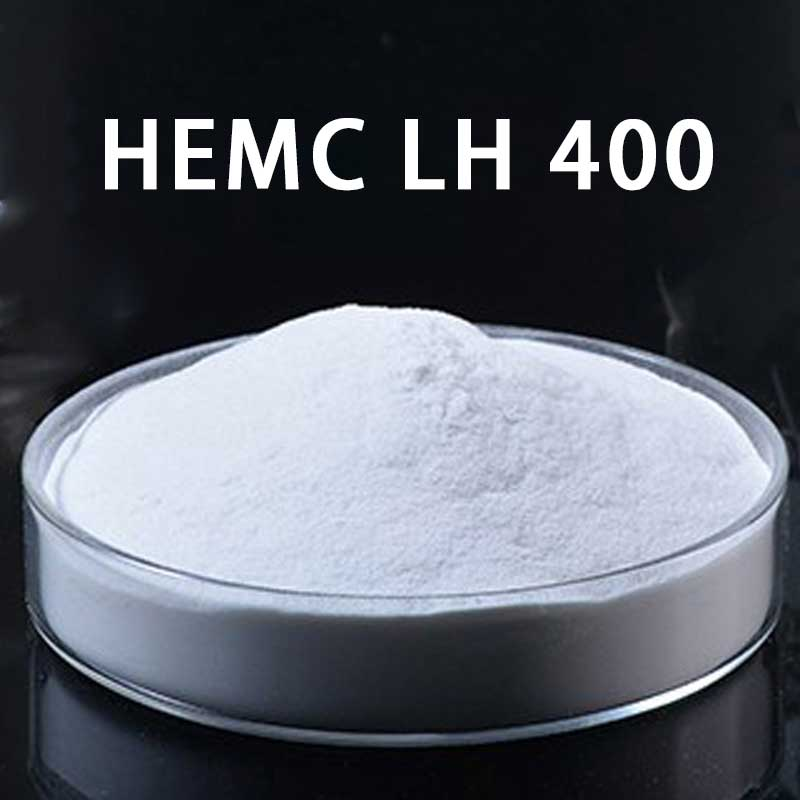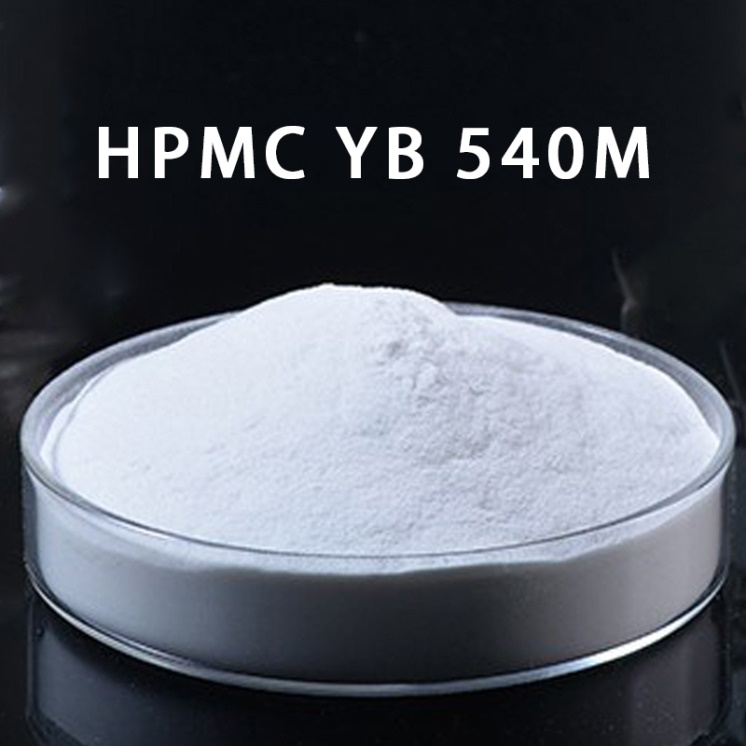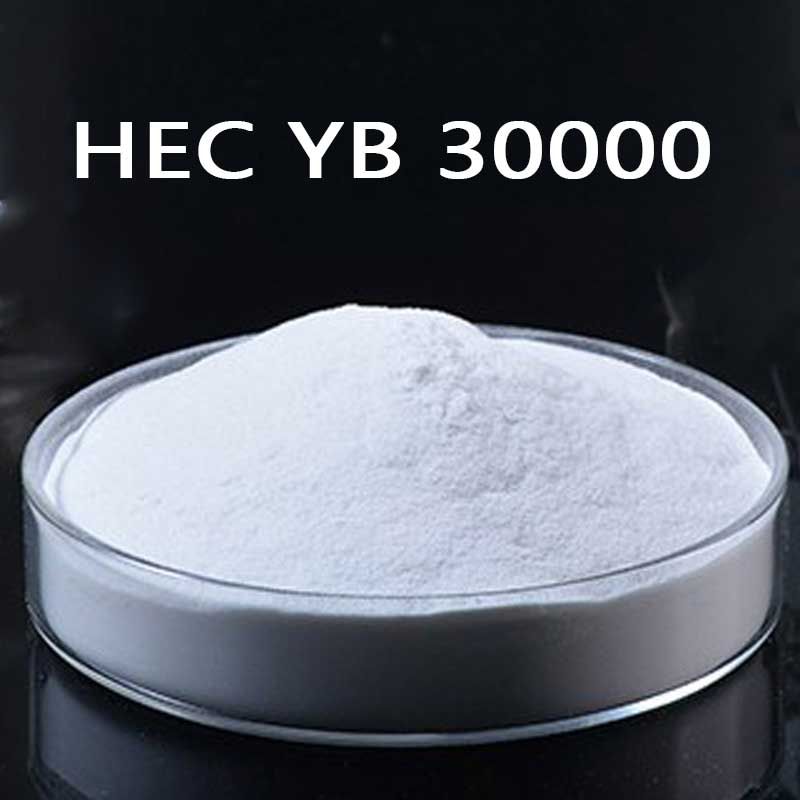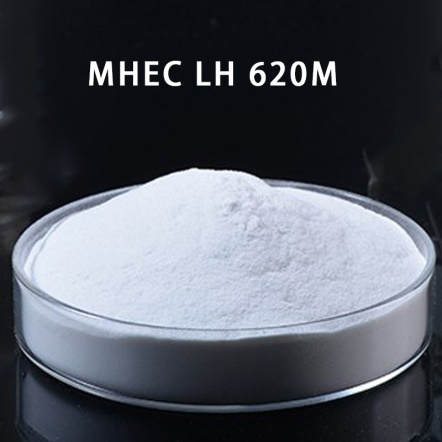
Products
HEMC LH 400
Specification of HEMC LH 400
| Chemical name | Hydroxyethyl Methyl Cellulose |
| Synonym | Cellulose ether, 2-hydroxyethyl methyl cellulose, Cellulose, 2-hydroxyethyl methyl ether, Methyl hydroxyethyl cellulose, HEMC, MHEC |
| CAS number | 9032-42-2 |
| Brand | EipponCell |
| Product Grade | HEMC LH 400 |
| Solubility | Water Soluble Cellulose ether |
| Physical form | White to off-white cellulose powder |
| Moisture | Max.6% |
| PH | 4.0-8.0 |
| Viscosity Brookfield 2% solution | 320-480mPa.s |
| Viscosity NDJ 2% solution | 320-480mPa.S |
| Ash content | Max5.0% |
| Mesh size | 99% pass 100mesh |
| HS code | 39123900 |
Application of HEMC LH 400
The application of EipoonCell® HEMC LH 4000 in self-leveling compound flooring materials and provides insights into the unique characteristics of HEMC. HEMC is a multi-group ether mixed with methoxy and hydroxyethoxy, with the significant advantage of not having a gel point with temperature changes, unlike other cellulose ethers like HPC and MC. Although HEMC does have a gel point, it occurs at a relatively high temperature, and increasing the content of hydroxyethoxy shifts the gel point to even higher temperatures. This property makes it beneficial in mixed mortar applications, as it helps to delay the cement paste setting at high temperatures. Moreover, HEMC demonstrates superior performance in various industries, including food, paint, and medical dressing.
The current production of HEMC in domestic markets faces challenges due to small-scale manufacturing, leading to fluctuations in product quality and a lack of standardization. However, the potential for optimizing the preparation process of HEMC and achieving quantitative manufacturing holds significant promise for improving the consistency and quality of the product. This optimization could drive widespread adoption in various industries, benefiting from the unique properties and benefits of HEMC.
Documents of HEMC LH 400
Recommended HEMC for Building & Construction
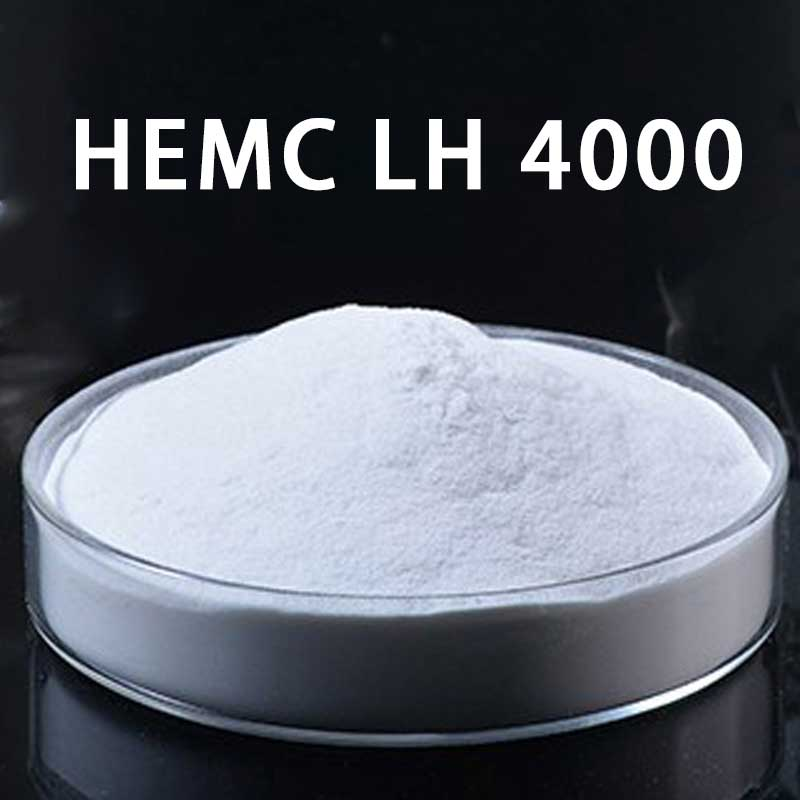
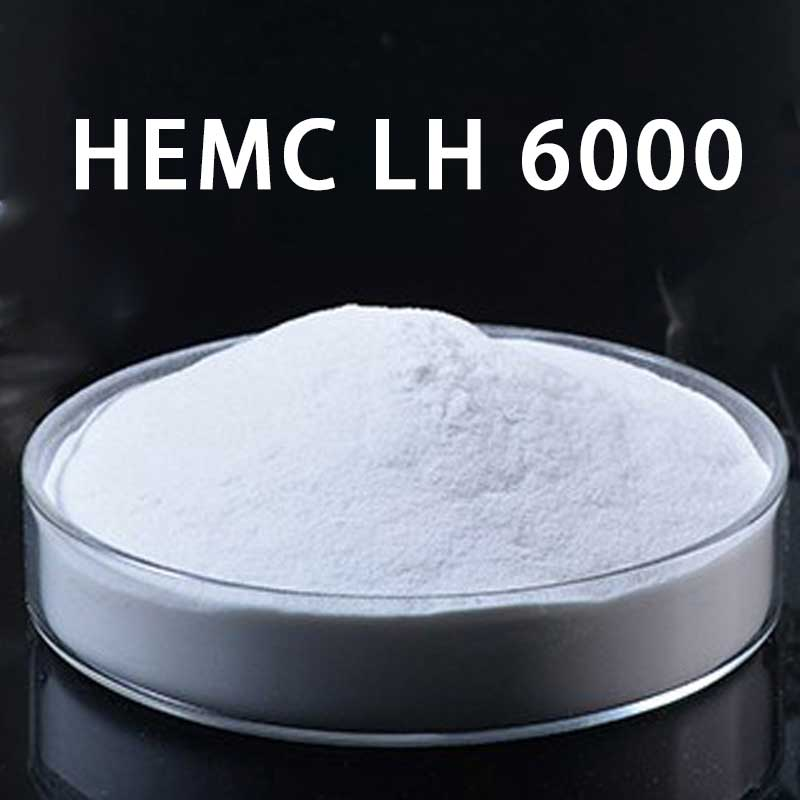
Address
Mayu Chemical Industry Park, Jinzhou City, Hebei, China
Tel/Whatsapp
+86-311-8444 2166
+86 13785166166 (Whatsapp/Wechat)
+86 18631151166 (Whatsapp/Wechat)
Latest information
news


